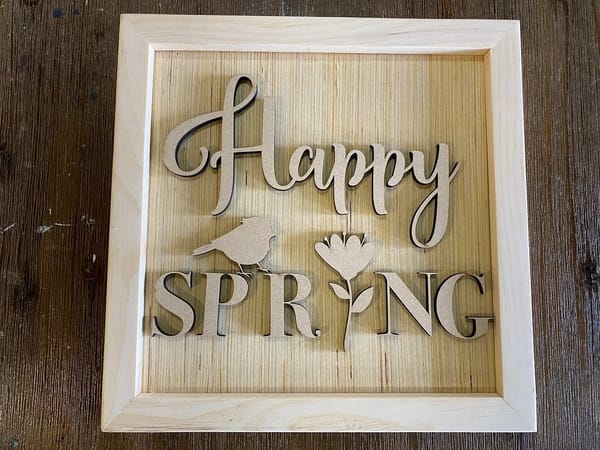17 Tips for Creating a Stunning Cut Flower Garden

A cut flower garden is a dedicated space where you grow flowers specifically for cutting and arranging in bouquets. Whether you’re a seasoned gardener or a beginner, cultivating a cut flower garden can be a rewarding and therapeutic experience. Not only does it provide fresh blooms for your home, but it also allows you to connect with nature and express your creativity. In this article, I’ll share 17 practical tips to help you design, plant, and maintain a thriving cut flower garden.
1. Choose the Right Location

The first step in creating a cut flower garden is selecting the perfect spot. Most flowering plants thrive in full sun, so choose an area that receives at least 6-8 hours of sunlight daily. Ensure the location has well-draining soil to prevent waterlogging, which can harm plant roots.
2. Plan Your Garden Layout
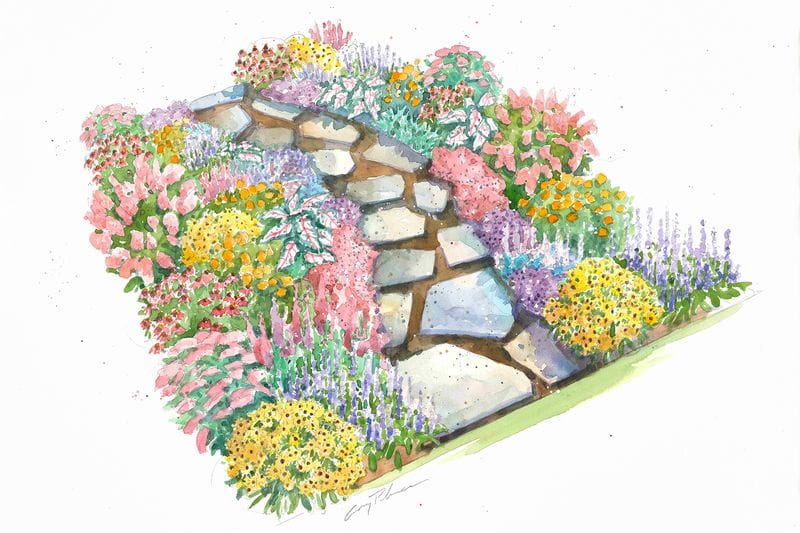
Before planting, sketch a layout of your garden. Group flowers by height, color, and bloom time to create a visually appealing and functional space. Consider adding pathways for easy access to your plants.
3. Start with Quality Soil
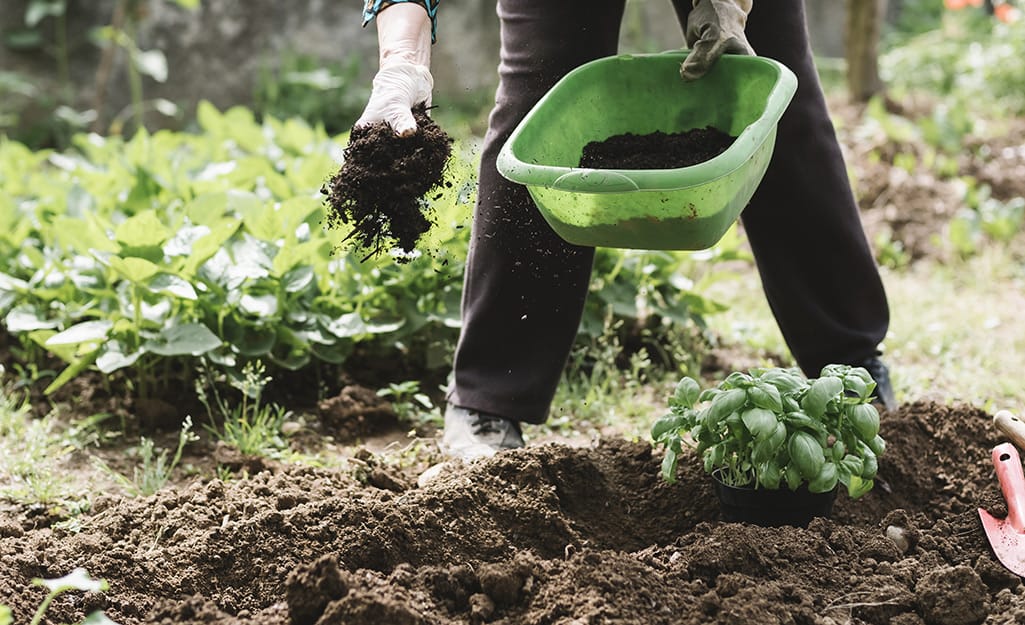
Healthy soil is the foundation of a successful cut flower garden. Enrich your soil with organic matter like compost or well-rotted manure to improve its structure and fertility. Conduct a soil test to determine pH levels and adjust if necessary.
4. Select a Variety of Flowers
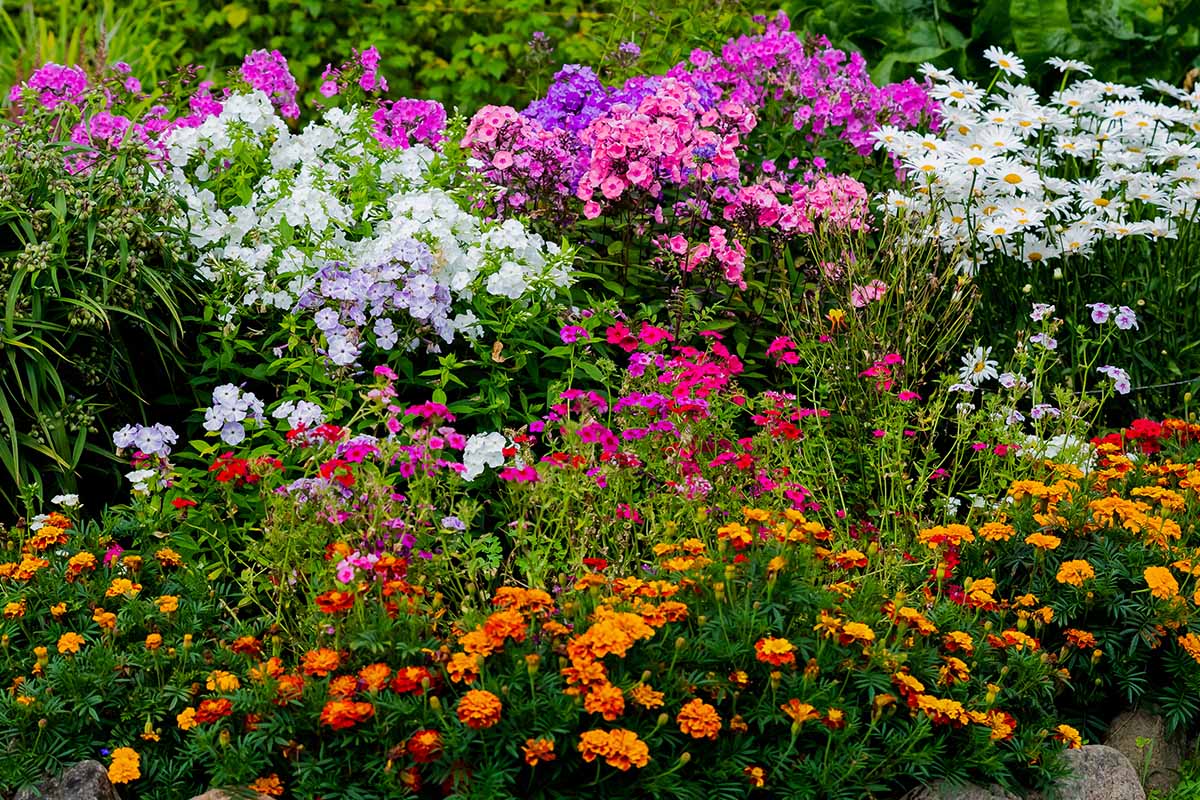
Choose a diverse mix of flowers to ensure a continuous supply of blooms. Include annuals like zinnias and sunflowers for quick color, perennials like peonies and dahlias for longevity, and foliage plants like eucalyptus for texture.
5. Plant in Succession

To extend your harvest, plant flowers in succession. Sow seeds or transplant seedlings every 2-3 weeks to ensure a steady rotation of blooms throughout the growing season.
6. Incorporate Filler Flowers
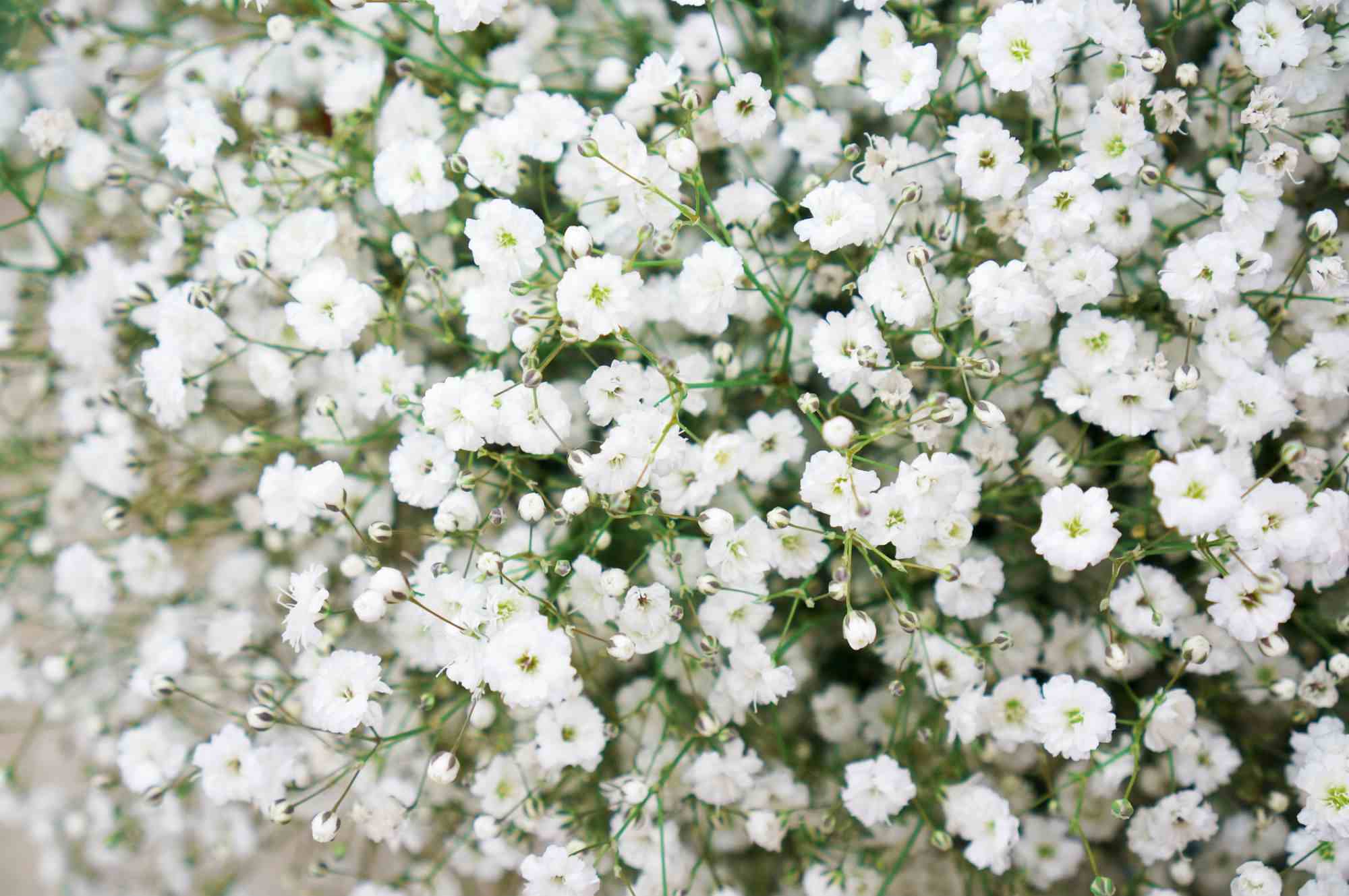
Filler flowers like baby’s breath, statice, and Queen Anne’s lace add volume and texture to bouquets. Plant these alongside your focal flowers to create balanced arrangements.
7. Use Support Structures
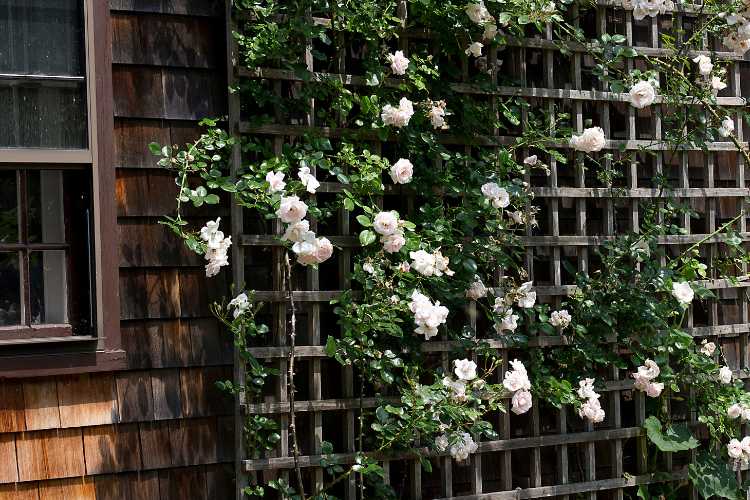
Tall flowers like delphiniums and gladiolus may need support to prevent them from toppling over. Use trellises, stakes, or cages to keep your plants upright and healthy.
8. Water Consistently
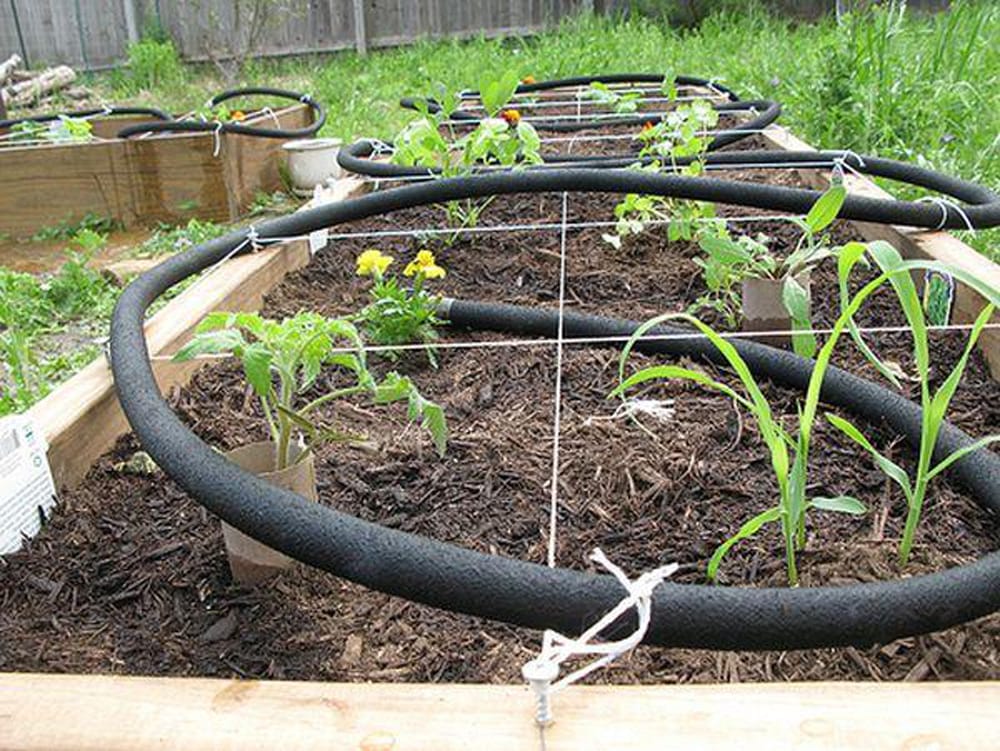
Consistent watering is crucial for a thriving cut flower garden. Use a soaker hose or drip irrigation system to deliver water directly to the roots, reducing the risk of fungal diseases.
9. Mulch to Retain Moisture
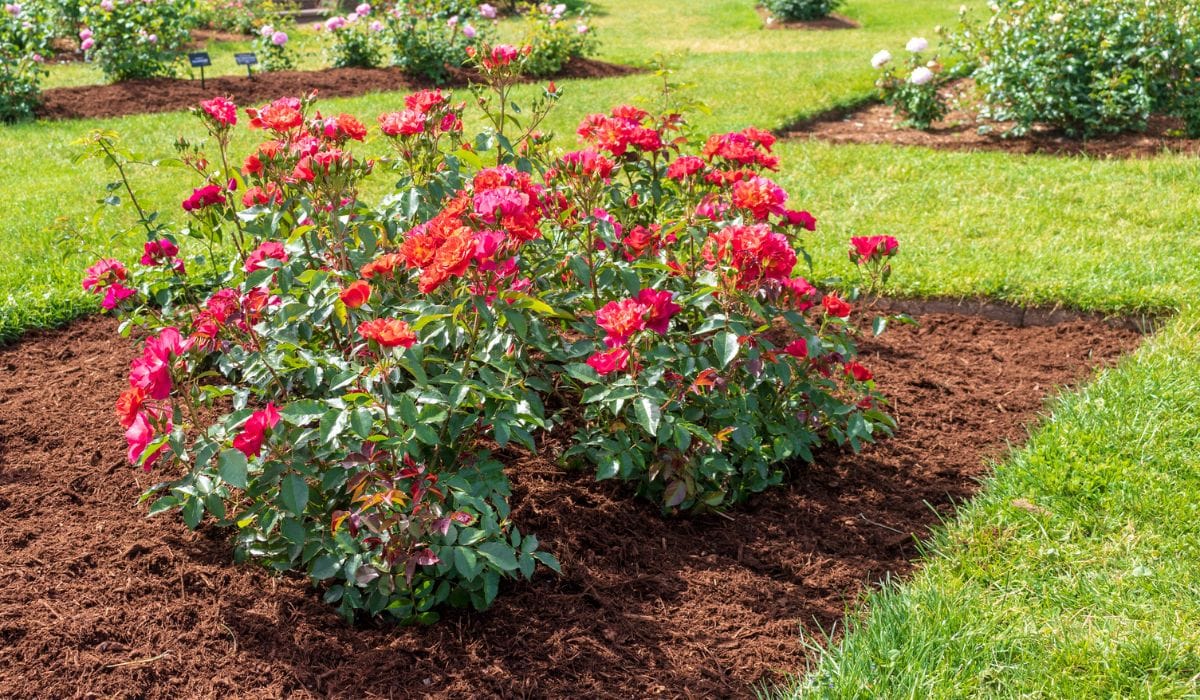
Apply a layer of mulch around your plants to retain soil moisture, suppress weeds, and regulate soil temperature. Organic mulches like straw or wood chips also enrich the soil as they decompose.
10. Deadhead Regularly

Deadheading, or removing spent flowers, encourages plants to produce more blooms. Make it a habit to snip off faded flowers to keep your garden looking fresh and vibrant.
11. Fertilize Appropriately

Feed your flowers with a balanced fertilizer to promote healthy growth and abundant blooms. Follow the recommended application rates and avoid over-fertilizing, which can lead to excessive foliage at the expense of flowers.
12. Practice Crop Rotation
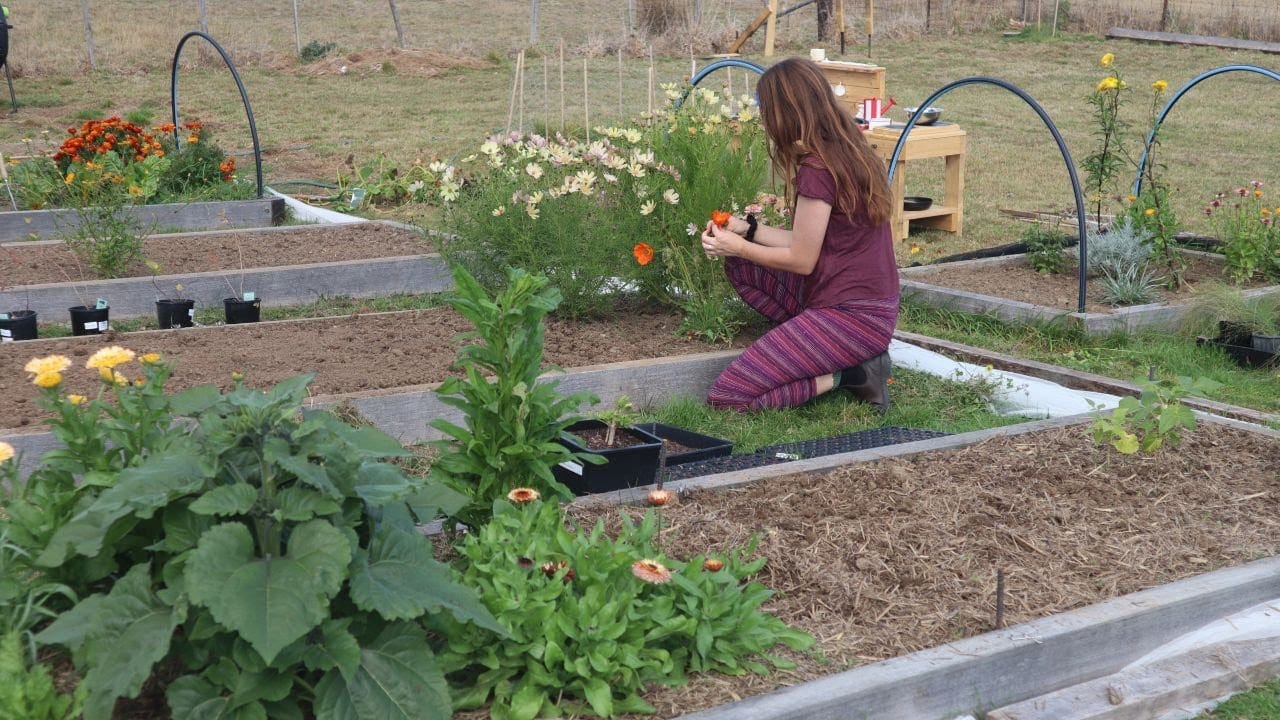
Rotate your flower beds each season to prevent soil depletion and reduce the risk of pests and diseases. This practice also allows you to experiment with new flower varieties.
13. Harvest at the Right Time

Harvest flowers in the early morning or late evening when they are well-hydrated. Use sharp, clean scissors to make clean cuts, and place the stems in water immediately to prolong their vase life.
14. Create a Cutting Station
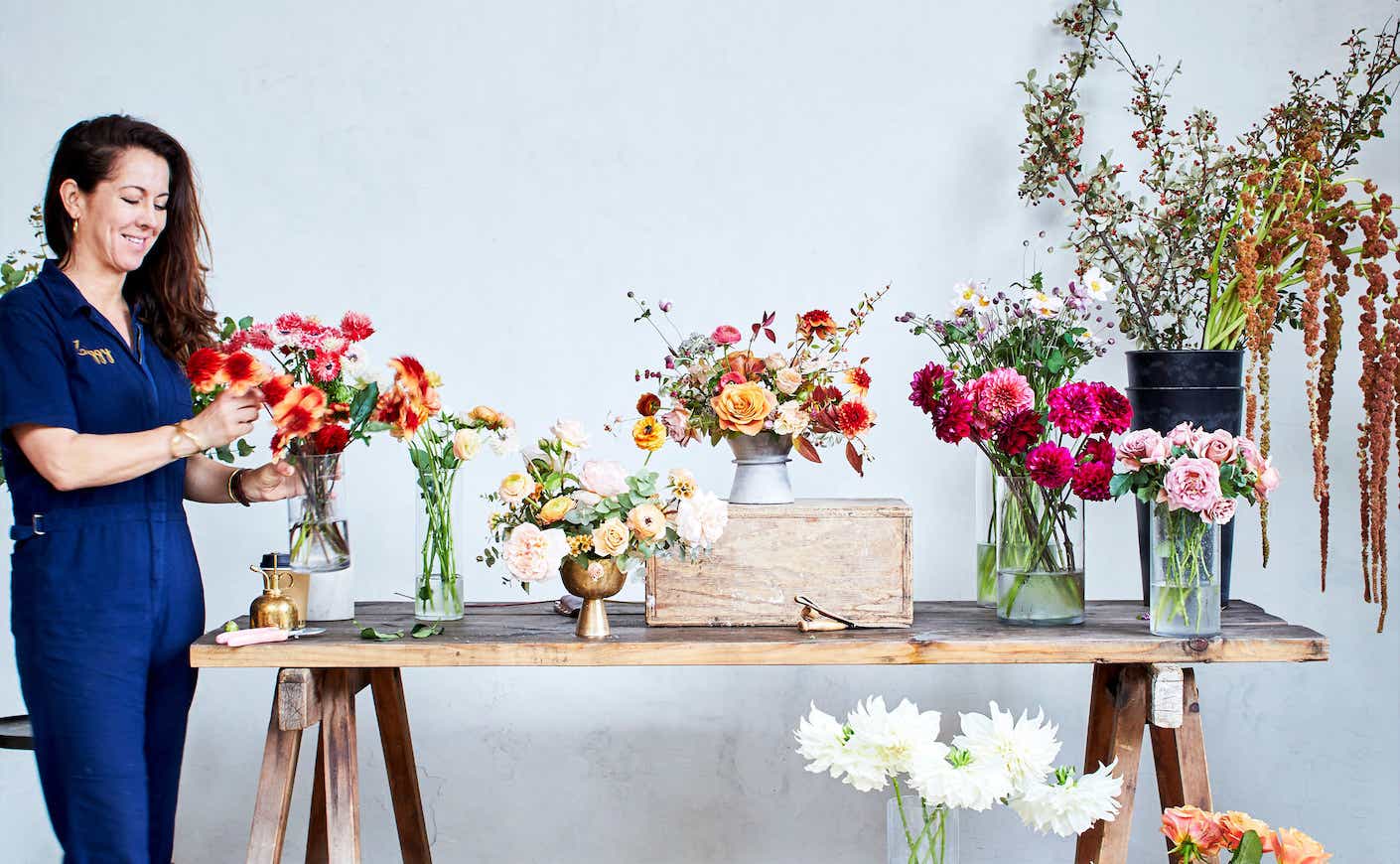
Set up a cutting station near your garden with essentials like buckets, scissors, and floral tape. This makes it easy to gather and arrange your blooms without trekking back and forth to the house.
15. Attract Pollinators
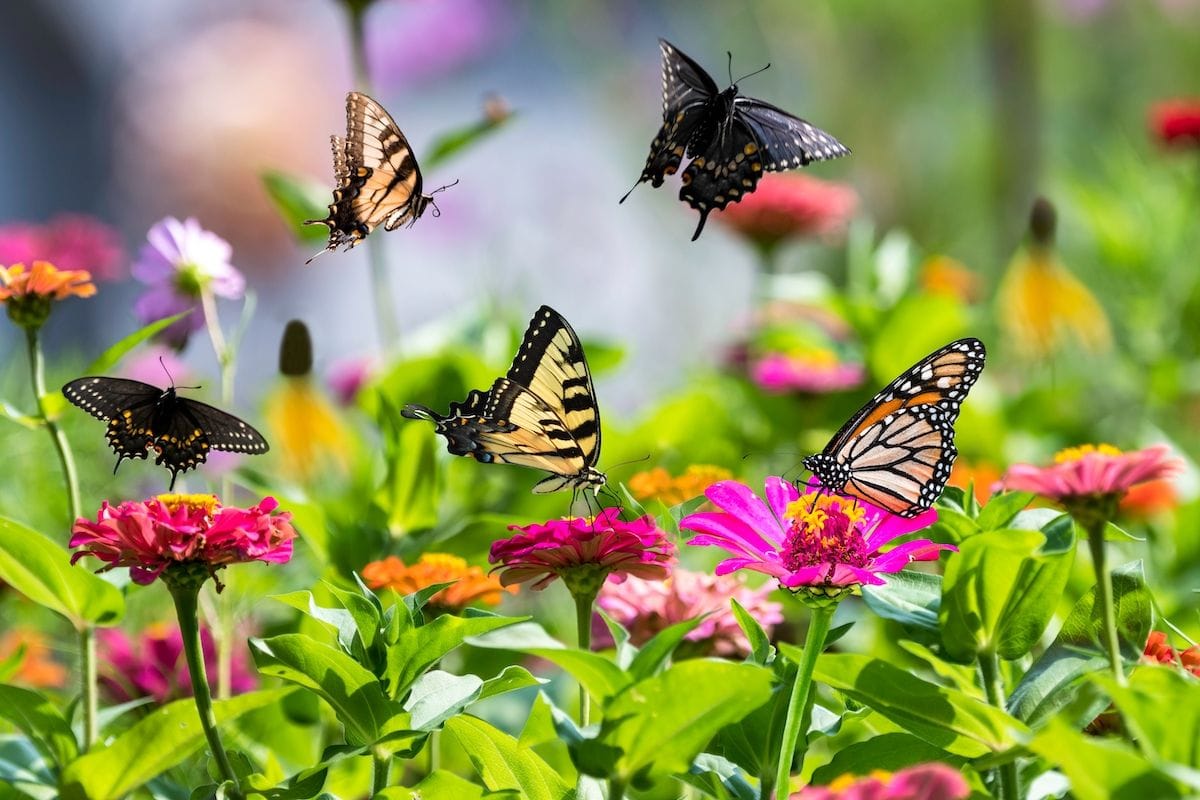
Plant pollinator-friendly flowers like lavender, cosmos, and coneflowers to attract bees, butterflies, and other beneficial insects. These pollinators help increase flower production and maintain a healthy ecosystem.
16. Protect Your Garden from Pests
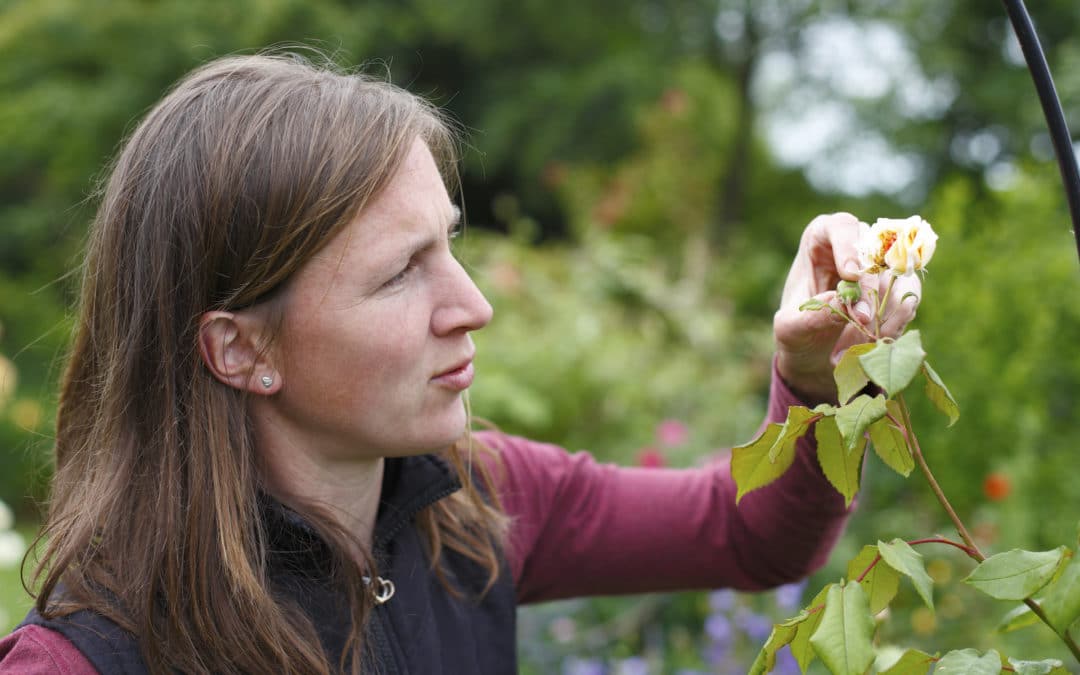
Monitor your garden regularly for pests like aphids and caterpillars. Use organic pest control methods, such as neem oil or insecticidal soap, to protect your flowers without harming beneficial insects.
17. Enjoy the Process
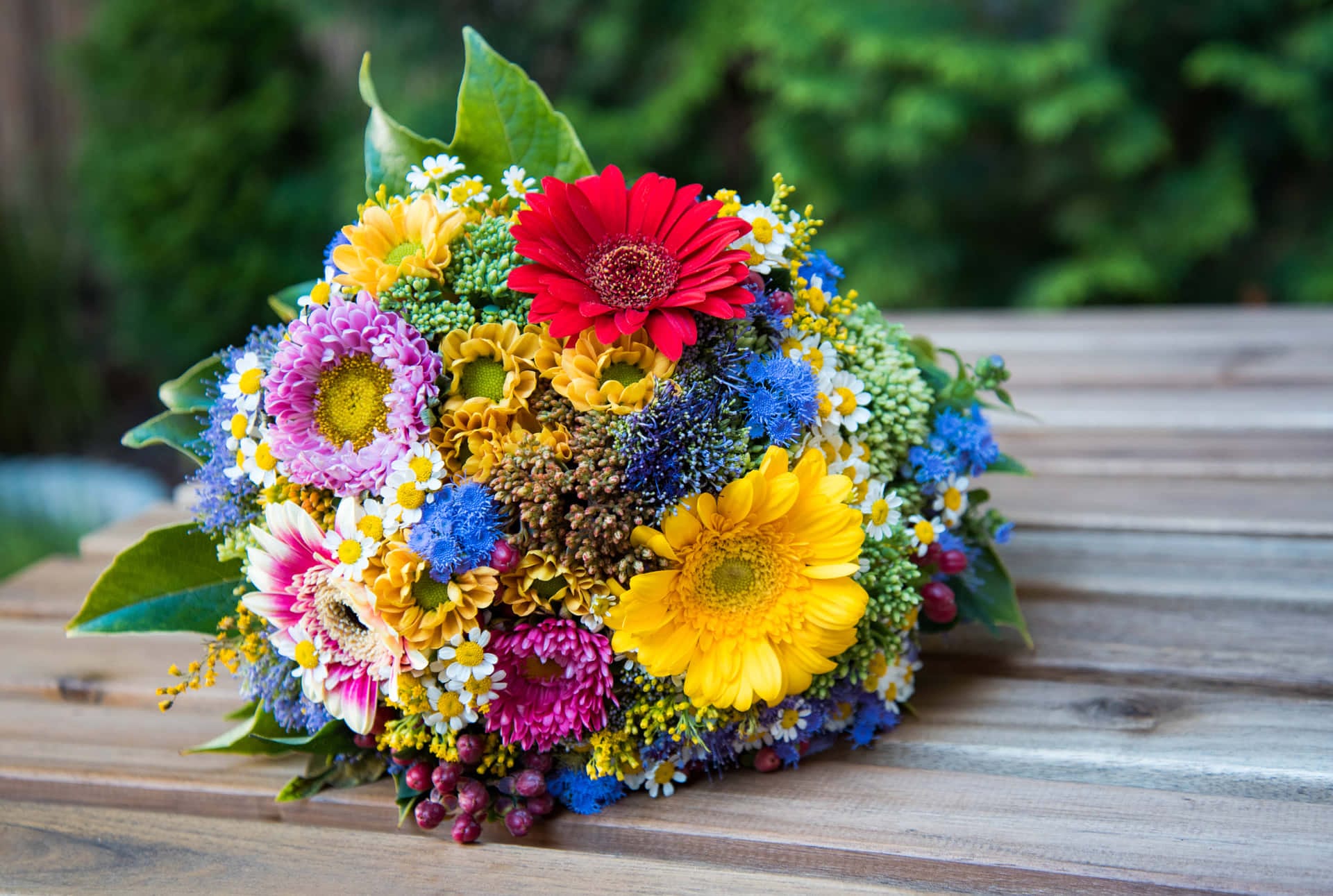
Finally, remember to enjoy the process of growing and arranging your flowers. A cut flower garden is not just about the end result but also about the joy and satisfaction it brings along the way.
By following these 17 tips, you can create a stunning cut flower garden that provides endless beauty and inspiration. Whether you’re growing flowers for personal enjoyment or to share with others, your garden will become a cherished space filled with color, fragrance, and life. Happy gardening!

